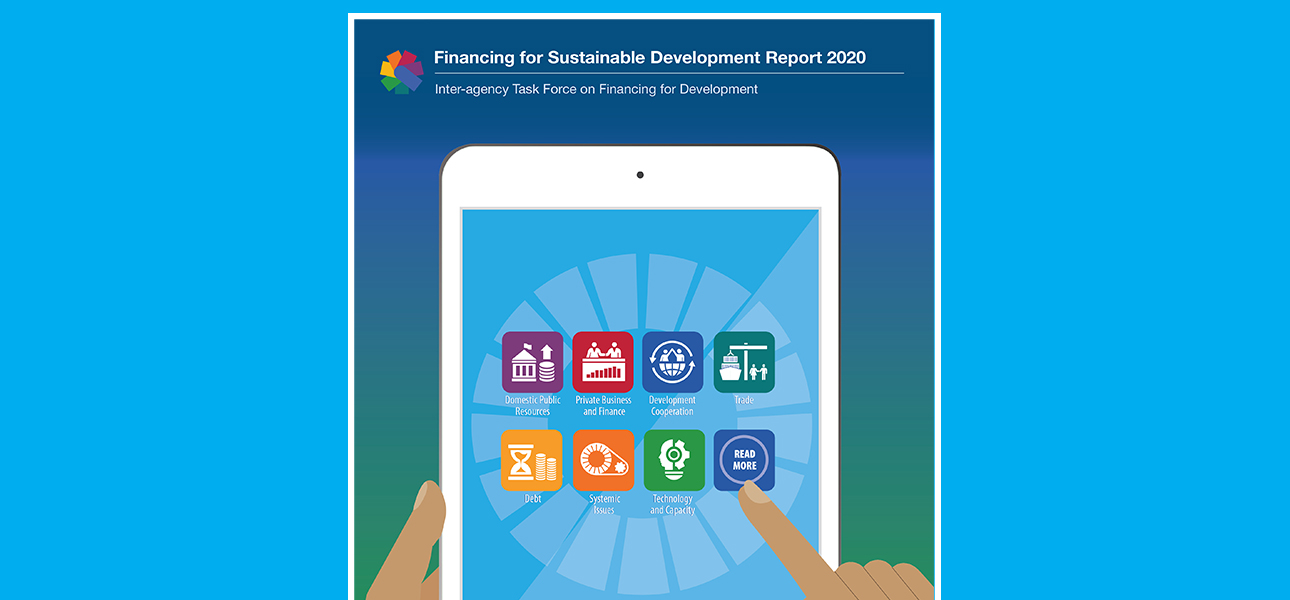
The debt of developing countries continued to rise in 2019—albeit at a slower pace—and, with it, the risks to debt sustainability. Forty-four per cent of low-income and least developed countries (LDCs) are currently assessed as being at high risk of external debt distress or already in debt distress. COVID-19 and related global economic and commodity price shocks could significantly increase this number. For example, several African countries reliant on oil exports could find themselves in debt distress.
The long period of unusually low international interest rates and unprecedented levels of global liquidity associated with quantitative easing facilitated the growth in borrowing. Developing countries, including LDCs, increased access to commercial financing. Lending by non-Paris Club official creditors has increased, opening new opportunities for borrowers to finance development. However, the shifting creditor landscape has also changed the structure of the debt of borrowing countries, increasing their exposure to interest rate, exchange rate and rollover risks. With commercial debt accounting for a growing share of sovereign borrowing, debt-service burdens are increasing. Steep increases in private sector debt, particularly non-financial corporate debt in emerging markets, have further increased countries’ vulnerabilities to external shocks and capital flow reversals.
Rising debt-service costs diminish fiscal space for countercyclical measures and for investments in long-term structural transformation and the Sustainable Development Goals (SDGs). This is a major concern in light of large, unmet SDG investment needs. This calls for a range of national and global actions in three areas: (i) creating additional fiscal space; (ii) preventing debt crises; and (iii) advancing the policy agenda on debt restructuring.